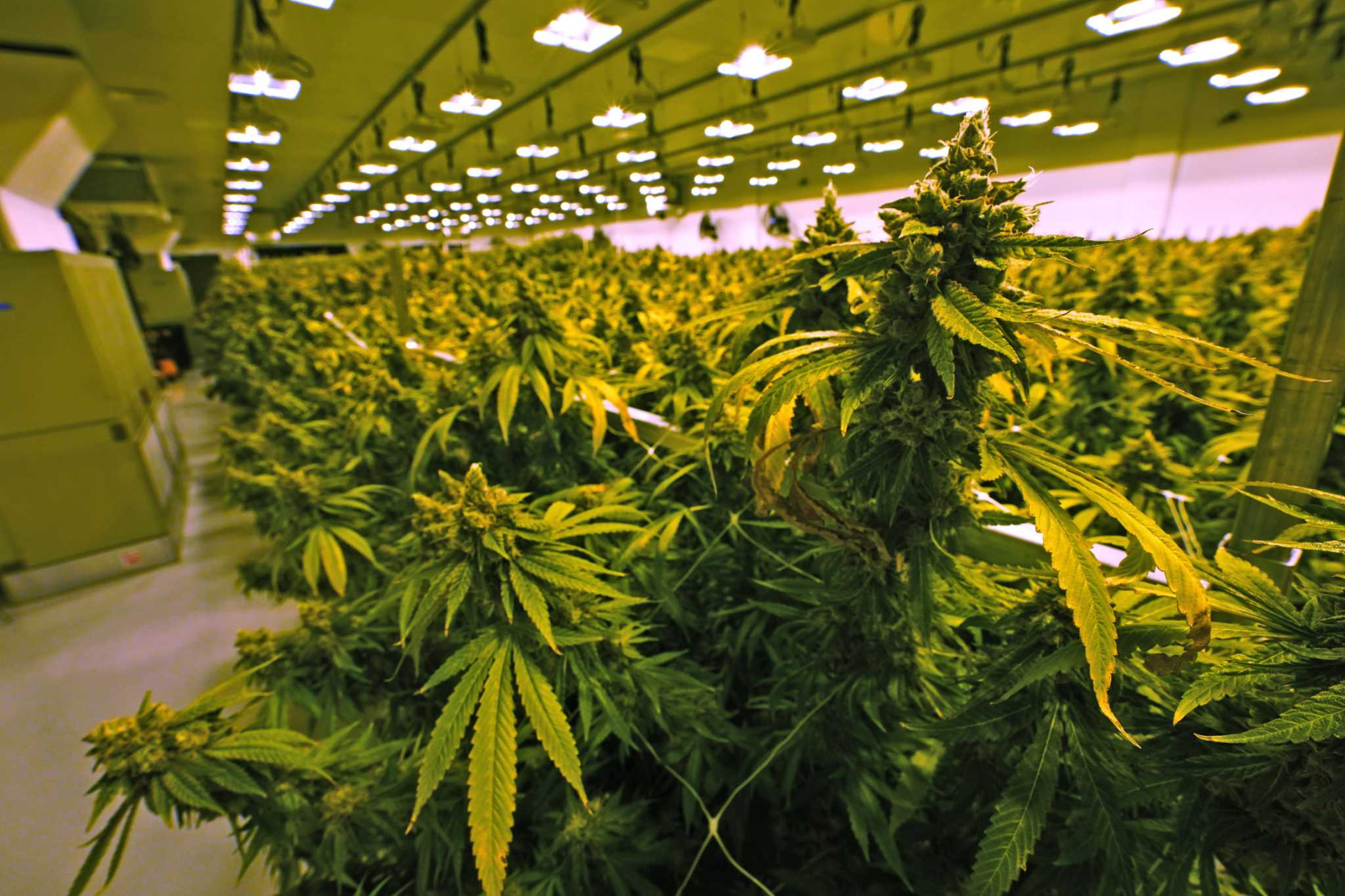
Questions abound on how to handle the legalization of marijuana in Connecticut on a local level. While officials in the greater Bridgeport area and the Naugatuck Valley are still poring over the lengthy bill, some are already drawing direct links between marijuana smoking and cigarette smoking.
Others have yet to figure out what regulations make sense for their community, but worry about the impact on policing and low-income neighborhoods.
While municipalities will be allowed to limit the use of marijuana in public, those with populations over 50,000 — including Bridgeport, Stratford, Fairfield and Milford — must at least designate public smoking spaces. But Bridgeport City Councilman Marcus Brown, co-chairman of that body’s ordinance committee, which recently abandoned an effort to make the city the first in Connecticut to outlaw the sale of flavored tobacco products, said he did not see the point of restricting useage.
If you can smoke cigarettes there, you should be able to smoke pot, Brown said.
“If it’s legal, why restrict it? What’s the point?” Brown said.
Others are taking a similar approach, linking cannabis usage to cigarette usage.
“There is a smoking policy currently in place, and that policy will be updated to reflect any changes necessitated by new state legislation,” said John P. Marini, corporation counsel for Ansonia, adding that the city will be looking into the impact of the new legislation with its Planning and Zoning Commission and Board of Aldermen.
Stratford Chief of Staff Michael Downes also said that “in general anywhere smoking cigarettes is prohibited, smoking marijuana also would be banned, so public buildings, beaches and parks.”
He said the town council will have to address the provisions in the bill. “At this point, there are no proposals for restrictions, but the town council may address it,” Downes said.
Fairfield First Selectwoman Brenda Kupchick said the new legislation poses “many concerns.”
She said she is still waiting on guidance from the state delegation on the details of the marijuana legislation.
“The biggest challenge will be how our law enforcement will be able to determine drivers who may be intoxicated while operating a vehicle,” she said. “I want to make it clear that the Town of Fairfield has a prohibition on all smoking at our beaches and town parks and that includes marijuana. Even before the bill’s passage I received complaints to my office regarding marijuana smoking on our beaches.
“I have been meeting with the Police Department to review the bill, and better understand what our municipal obligations are,” she added.
In Milford, public health, public safety and legal officials have formed a task force to discuss how to move forward with regulating marijuana consumption in the city.
“We are working with those stakeholders, as well as the community at large to develop a comprehensive plan that keeps the health and safety of our community at the forefront,” said Chief of Staff Justin Rosen.
Shelton will be discussing the marijuana law at a future planning and zoning meeting, after consulting its corporation counsel.
Trumbull First Selectwoman Vicki Tesoro said there are still many unknowns when it comes to the law.
“The Department of Consumer Protection is the department that’s charged with issuing the regulations around this legislation, and they really have not done that yet,” she said. “So there’s a lot of a lot of information yet to come, that we’re going to have to review and to go over and see how it affects the Town of Trumbull.”
She said some towns are already looking into putting moratoriums in place on the sale of marijuana and she is looking at that possibility as well “just to be able to pause for a little bit of time to see what the regulations are that DCP is going to issue so that we could decide what’s best for Trumbull.”
Bridgeport has incorporated the discussion of where to locate recreational marijuana stores into its ongoing re-writing of overall zoning regulations. That “Zone Bridgeport” effort will soon involve holding public hearings on a draft of all of the changes.
“So that’s where (recreational marijuana) will be debated and how it will be handled,” Mel Riley, chairman of the Planning and Zoning Commission, said this week.
Riley said the current proposal is to treat pot sellers similarly to liquor stores and apply the same rules, such as keeping those businesses a minimum of 750 feet away from “sensitive uses” like schools, day cares, houses of worship and hospitals.
“And liquor stores have to have a special permit,” Riley continued. “That gives us the decision whether we want them and where.”
Riley said he would prefer recreational marijuana sites be treated as adult establishments, such as strip clubs, which have even more site restrictions.
“Adult entertainment can only go in industrial zones, basically,” Riley said. “That’s my personal opinion and what I’ll push for.”
Neither Mayor Joe Ganim’s office nor the Economic Development Department, which is overseeing Zone Bridgeport, responded to requests for comment for this story.
State Rep. Steve Stafstrom, who lives in the Black Rock neighborhood and, as a Judiciary Committee co-chairman, was an architect of the new marijuana law, said this week he did not anticipate an earth-shattering change in the character of Connecticut come Thursday, when legalization went into effect.
“I don’t think things are going to change that dramatically,” Stafstrom said. “Where things will change is when there is retail sale, and that is a year or so off. And the regulations around that are continuing to be developed (by the state Department of Consumer Protection).”
He continued, “I think the biggest thing is going to be the zoning issue and whether and where to locate dispensaries, growing facilities, the like.”
Connecticut’s largest municipality was not welcoming to the medical marijuana industry, which launched in 2012. Stafstrom said he hopes the Ganim Administration embraces the recreational marijuana industry.
“I certainly hope that the Ganim Administration takes a proactive and welcoming stance towards siting what is a new and burgeoning cannabis industry,” Stafstrom said. “We certainly could use the jobs (and) the revenue.”
And, Stafstrom added, he would have no problem if a marijuana shop opened in his district along Fairfield Avenue in Black Rock and in other “major commercial zones” rather than tucked away out-of-sight.
“Having visited several of the medical dispensaries and recognizing full well there are significant prohibitions about advertising and what (they) are going to look like from the street already written into the law these, generally speaking, are fairly high-end establishments,” Stafstrom said. “And, I think, are an enhancement or a complement to existing commercial zones throughout the city.”
Brown, meanwhile, wanted officials to ensure that dispensaries were located throughout Bridgeport and not forced on lower-income neighborhoods.
“Like liquor stores and the smoke shops,” Brown said. “They tend to be in very poor areas and a lot of the neighborhoods, they don’t thnk it’s fair it’s there. It tends to attract people or have people hanging out drunk, intoxicated. … They tend to put these things in areas like the South End and East Side. We do need to make sure it’s something they want and we’re not shoving it down their throat.”
Staff writers Brian Gioiele, Serenity Bishop, Eddy Martinez, Saul Flores, Brian Lockhart and Donald Eng contributed to this report.

